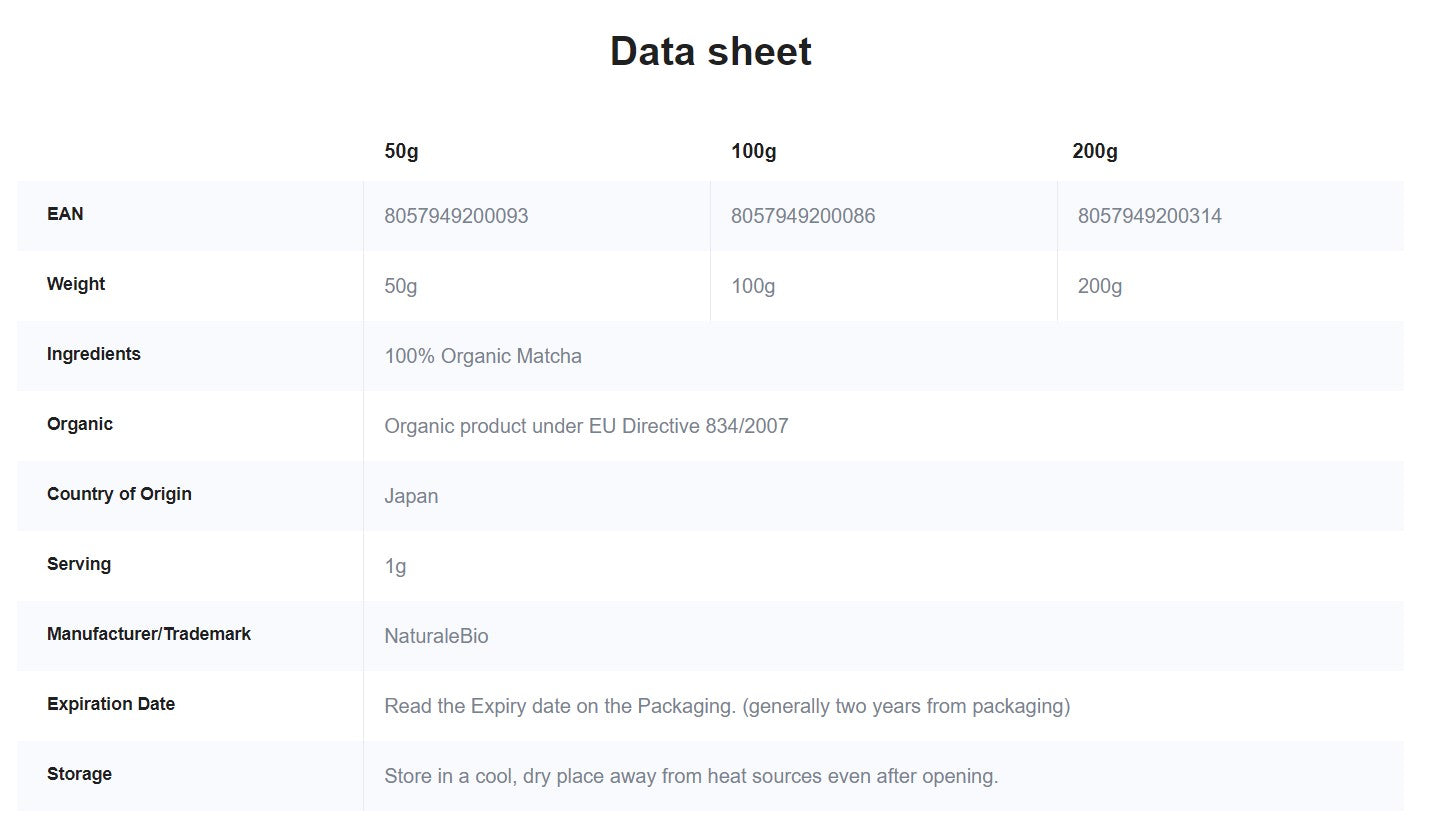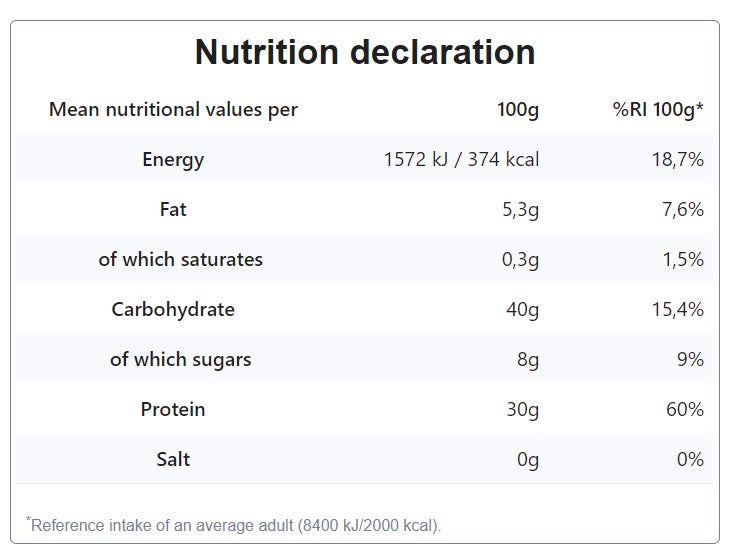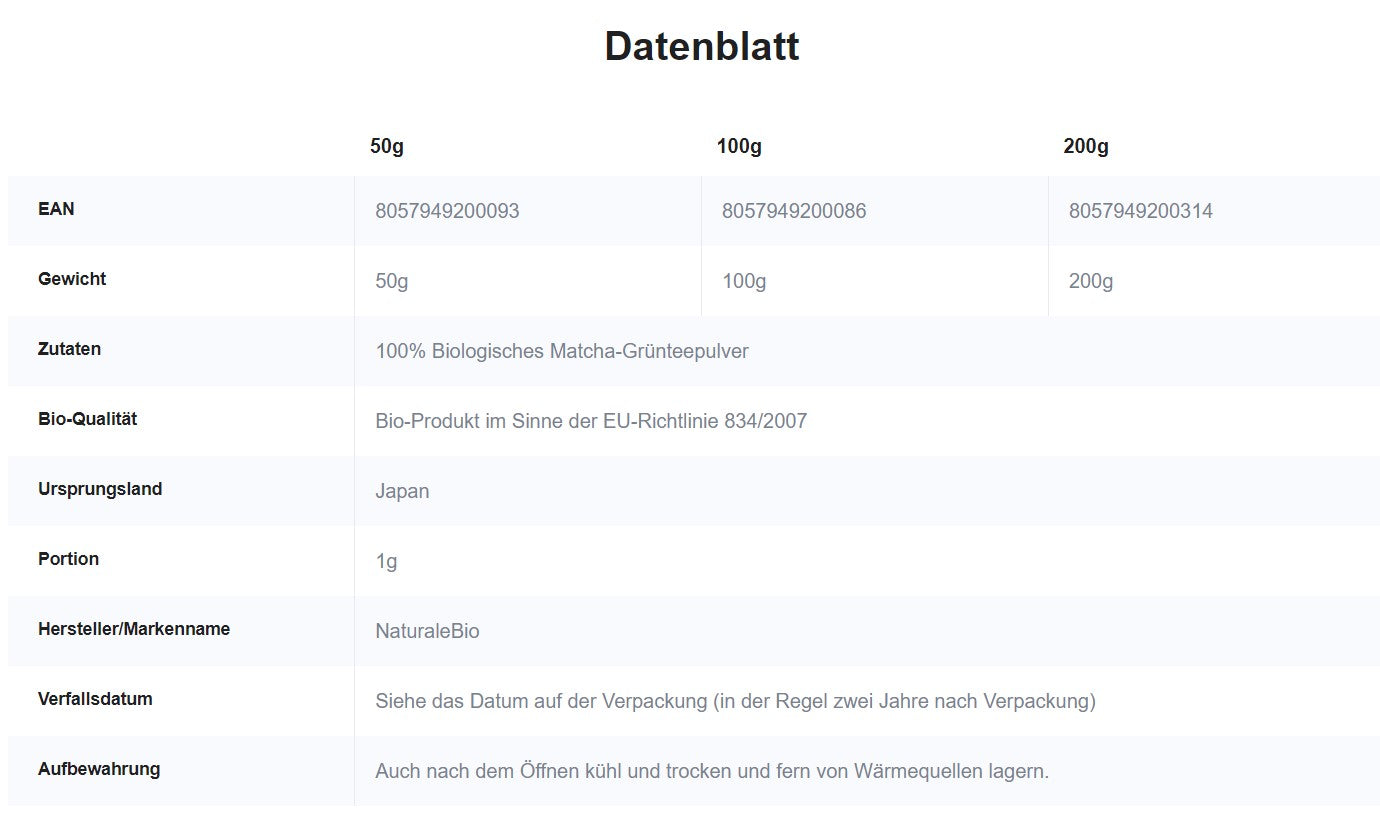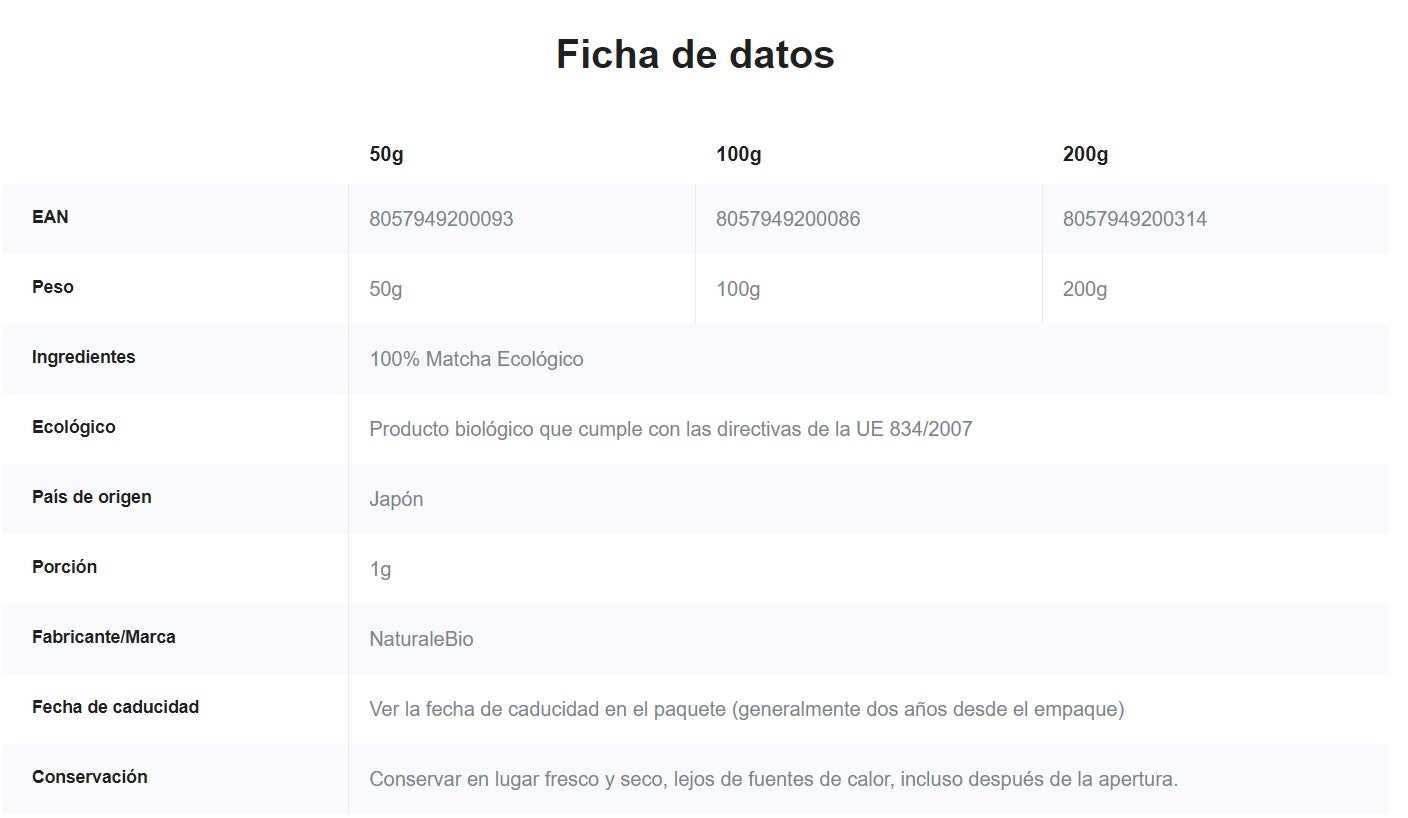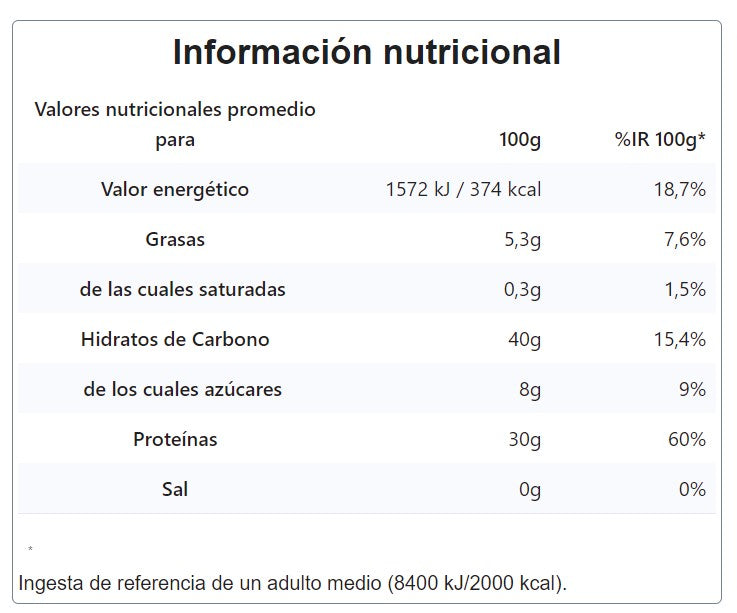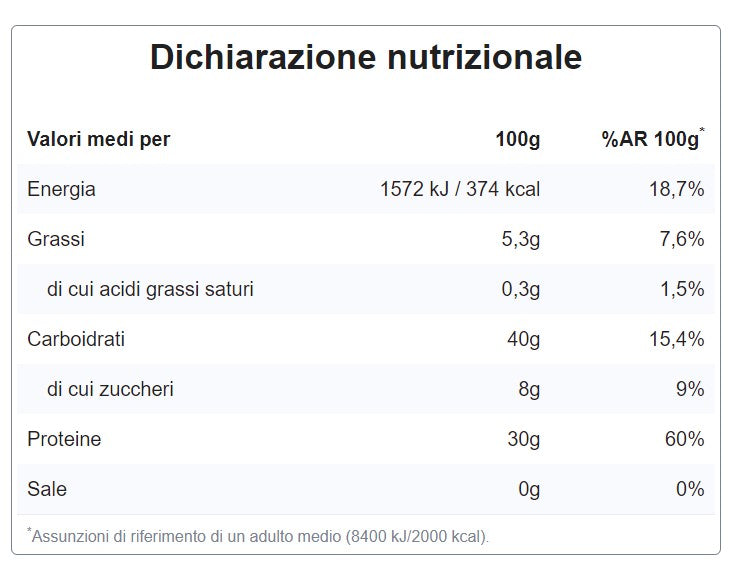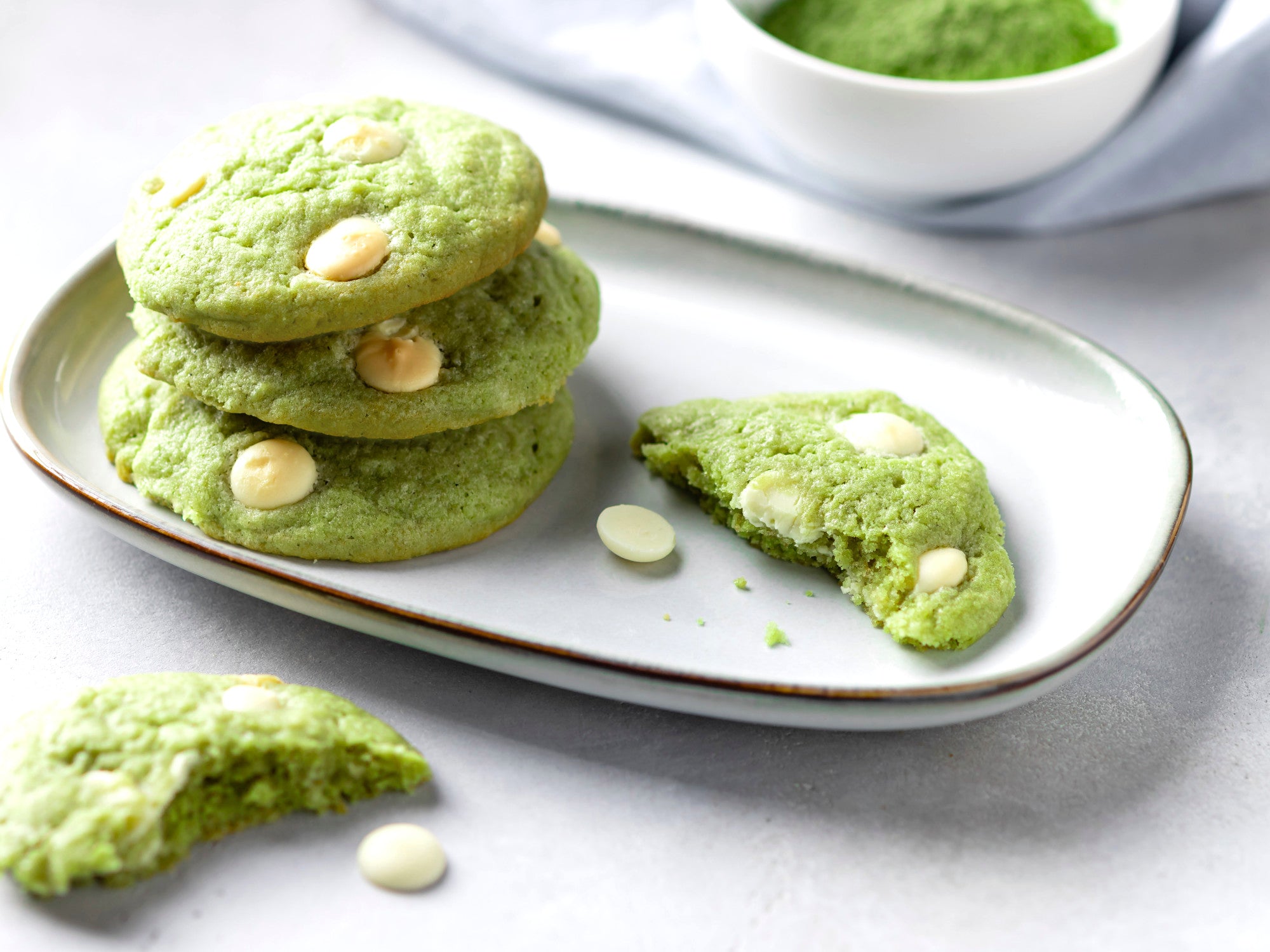
- Regular price
- £8.46 GBP
- Unit price
- per
Japanese Organic Matcha Green Tea Powder (Premium Grade). Tea Produced in Japan, Uji, Kyoto. Use for Drinking, Cooking, Baking, Smoothie Making and with Milk. Vegan & Vegetarian Friendly
Couldn't load pickup availability.
Characteristics
-
Made in Japan
Matcha is a very fine Japanese green tea. Grown in Japan, it is a very fine and fragrant powder. The best and most valuable Matcha comes from the city of Uji in the southern outskirts of Kyōto prefecture. The climatic conditions of these areas are optimal for the production of Matcha.
-
Rich in nutrients, antioxidants and fiber
Matcha tea represents the essence of green tea. Traditionally used in Japan, it stands out from other green teas for its bright green color. The green tea leaves are protected from the sun's rays for 20 days before being harvested. This method keeps the levels of Theanine and chlorophyll in the tea intact and high.
-
Organic Matcha
100% Pure and Organic. Without the use of pesticides and unnatural chemical fertilizers that are not helpful for the body and health. Produced in Japan and certified Organic in Italy by control bodies authorized by the Ministry of Agricultural Policies.
Matcha Tea Premium Grade
Stone ground
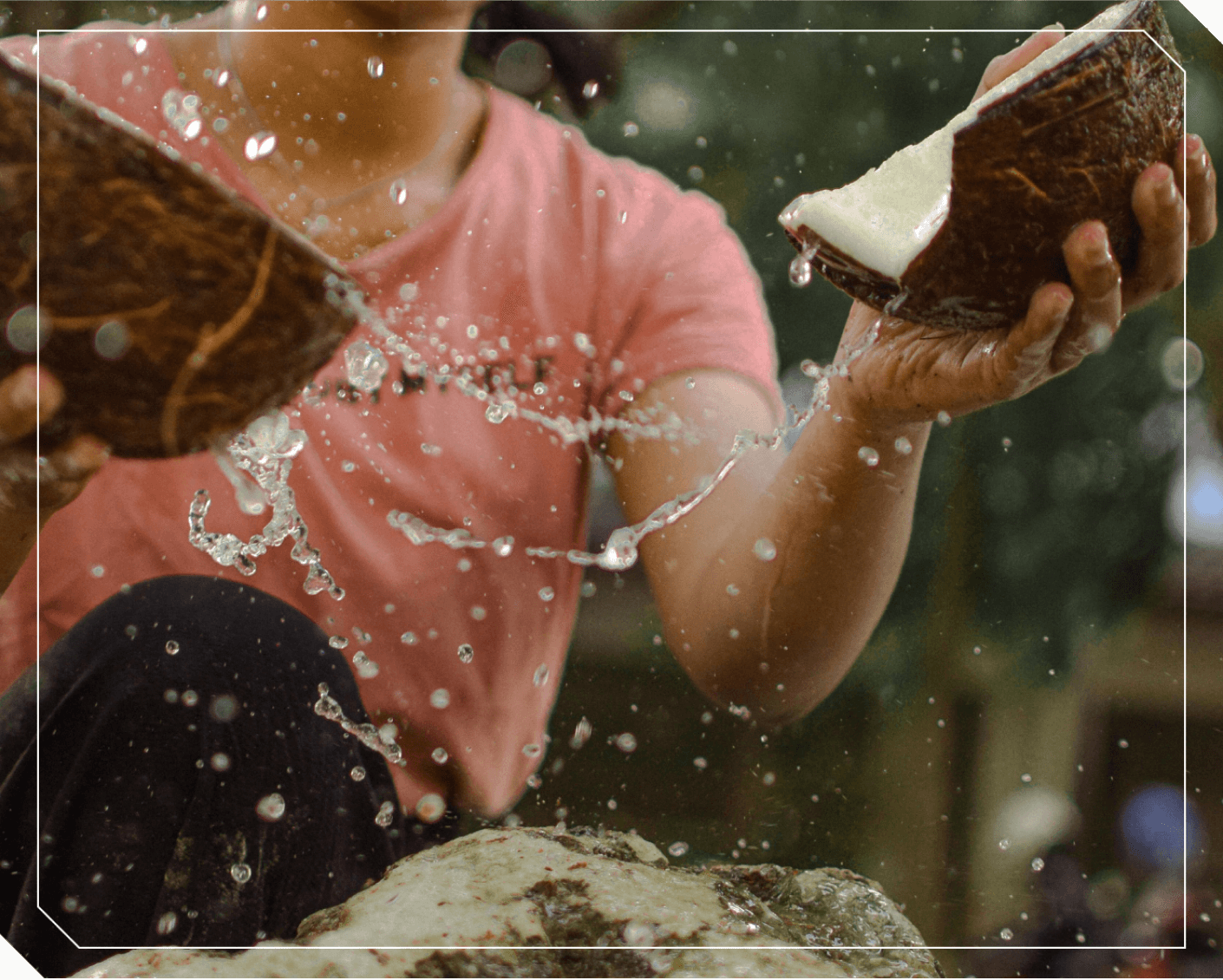
Matcha Premium Grade
Matcha tea represents the essence of green tea. Traditionally used in Japan, it stands out from other green teas for its bright green color, flavor, and is of a higher grade than culinary grade Matcha. Only first-harvest leaves are used that are stone-ground. The leaves are protected from sunlight for 20 days before being harvested, keeping the levels of Theanine intact and high.
FAQ
Useful Information
What grade of Matcha is yours?
What grade of Matcha is yours?
Ours is a Premium Grade, intended to be prepared as a drinking tea or added to beverages such as smoothies and milk or as an ingredient in cooking recipes.
How is it prepared?
How is it prepared?
The preparation of traditional Matcha consists of adding 80 ml of water at a temperature between 60° and 75° (not boiling temperature) and 1 portion (1g) of Matcha. Shake quickly using a traditional Matcha Whisk or a normal kitchen whisk.
Preparation in desserts and smoothies
Preparation in desserts and smoothies
Mix Matcha tea powder into your smoothies, milk or baked goods. It is recommended to use up to two servings per day (about one teaspoon total). It is also great when mixed with other flavors such as vanilla, cinnamon and white chocolate.
Does it contain caffeine?
Does it contain caffeine?
Yes, each serving (1g) contains approximately 30mg of caffeine, equivalent to 1/3 of a cup of coffee. Matcha also contains Theanine, which has a calming effect and reduces the effects of caffeine.
What is the difference between Premium Grade, Culinary Grade and Ceremonial Grade?
What is the difference between Premium Grade, Culinary Grade and Ceremonial Grade?
Culinary grade (lower quality) is used in recipes and as an ingredient in cooking, Premium Matcha is lower quality than Ceremonial, but is still a great alternative to Ceremonial Matcha and is ideal for adding to milk, yogurt, smoothies or in cooking. Finally, Ceremonial grade, the most prized, is intended to be traditionally prepared as a drinking tea and comes from first-harvest leaves finely stone ground.

Traditional Matcha Tea Preparation
Both the seeds and the husks, or cuticles, of psyllium seeds are commercially available. Both are effective, but psyllium seed husks have a greater swelling capacity . In terms of quantities, to achieve the same effect, one must consume about three times as many seeds as psyllium husks alone. Cha no yu (which means, "hot water for tea"), known as the tea ceremony, is a social and spiritual ritual in Japan.
We recommend using ceremonial or premium grade Matcha green tea.
Matcha tea is prepared by suspension, in this way all its organoleptic properties are preserved. The very fine and intense green powder is dissolved directly in hot water with the help of the chasen ( a bamboo whisk ) ideal for mixing this type of tea without forming lumps and making it very creamy.
- 80 ml of water at a temperature between 60° and 75° (not boiling temperature)
- 1 serving (1g) of Matcha
NB: Shake quickly using a traditional Matcha Whisk or a normal kitchen whisk. You will have to alternate "M" movements with "W" movements, always staying on the surface with the whisk, in this way it will be denser and frothy.
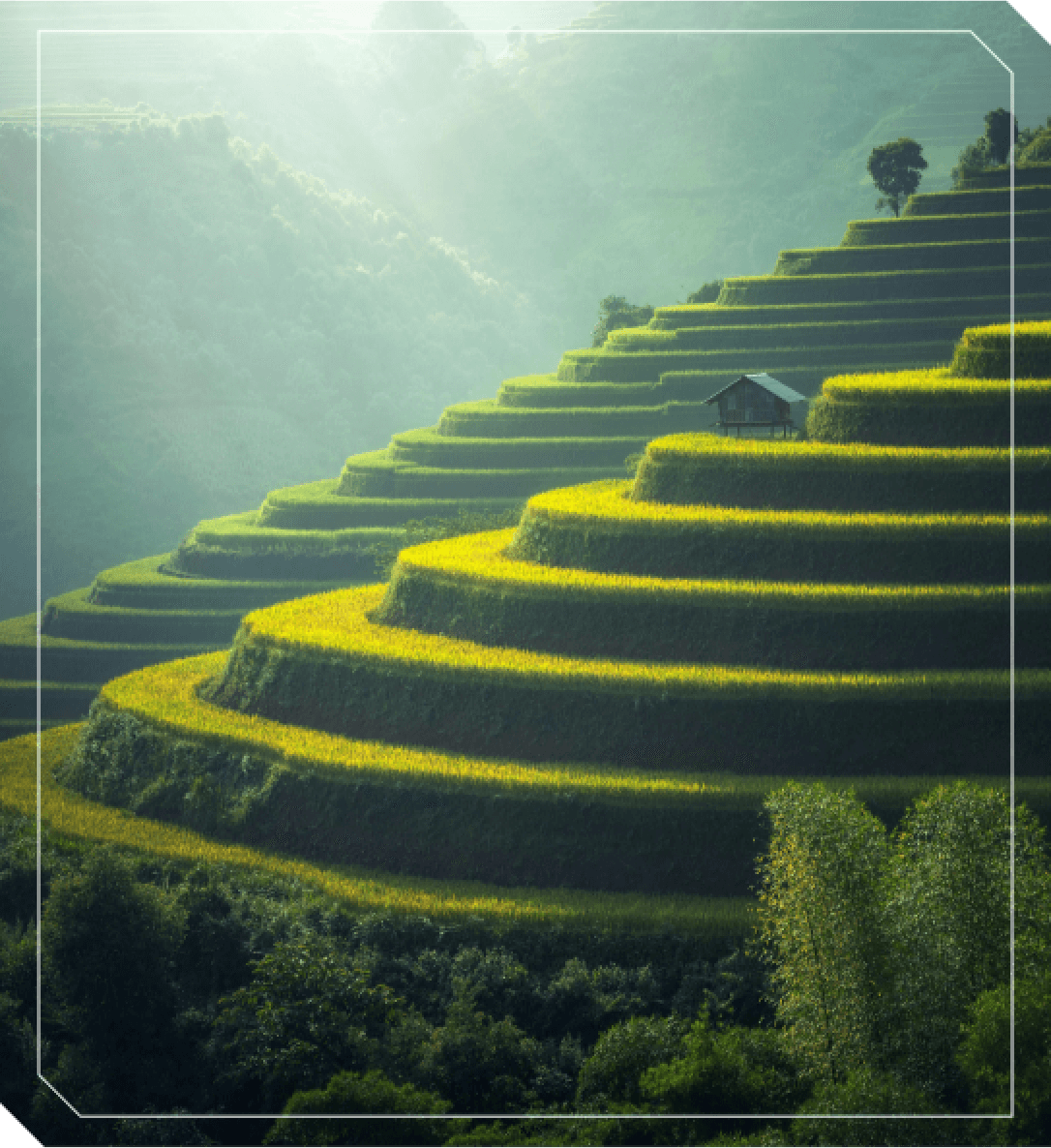
From Japanese organic crops
The quality of Matcha green tea varies and also depends on the type of plantation used for cultivation. The main plantation varieties are: Yabukita, Okumidori, Samudori and Asahi.
Yabukita is certainly the main plantation variety from which the finest and best Matcha tea is obtained.
NaturaleBio Matcha Tea comes from Yakubita plantations .
Hilly and mountainous areas are ideal for growing an excellent quality of Matcha. Matcha tea is harvested around mid-May, but 15-20 days before, Japanese growers protect the plantations from the sun. In ancient times, they used straw, but today black curtains are used to protect the plantation from the sun's rays. This cultivation method preserves all the properties of Matcha tea intact and unaltered. Protecting the tea leaves from the sun means maintaining high levels of chlorophyll and theanine, this process is essential to preserve the beneficial properties of tea.

Stone ground
The Japanese Tea Master tries and tastes Tencha from different types of plantations and varieties of plants, selecting the best qualities which will then be rigorously stone ground .
This grinding tool is made up of a large funnel where the Tencha is placed, at the base of which there are two stone blocks that at low speed finely grind the tencha, transforming it into Matcha.
The low speed of the stones ensures that temperatures remain low and controlled to preserve the organoleptic properties.
1 hour of grinding only grinds 30 grams.s on availability, style, or even provide a review.
Recipes with Premium Matcha Tea
-

Matcha Green Tea Cookies
Preparation time: ~60 min
Delicious to dunk in tea, but they are also excellent in milk. For a rich and nutritious breakfast or for a relaxing afternoon snack. Serve them with a light dusting of powdered sugar on top to make them even more beautiful!
Ingredients
- 215 g of 00 flour
- 150 g of butter
- 100 g of icing sugar
- 3 egg yolks
- 1.5 tablespoon of Matcha tea powder
- 1 pinch of salt
Preparation
Sift the flour together with the icing sugar and the Matcha green tea. Add the egg yolks, the butter in pieces and a pinch of salt and knead until the mixture is smooth. Form a loaf, wrap it in cling film and place in the fridge for about 30 minutes. Turn on the oven. Take out the dough and roll it out with the help of a rolling pin (about 1 cm thick). Make some biscuits using the cutters you like the most! Arrange the biscuits on a baking tray with baking paper. Bake in the oven at 180° for about 15 minutes.
-

Matcha Green Tea Tiramisu
Preparation time: ~30 min
Ingredients
- 2 tablespoons of matcha green tea and 250 ml of water
- sugar to taste
- Savoiardi to taste
- 4 eggs
- 110 grams of sugar
- 500 grams of mascarpone
- Matcha tea to taste
Preparation
Put the water in a saucepan to heat. Put the matcha green tea and sugar in a deep dish and add the hot water. Dip the ladyfingers in the matcha tea. Mix the egg yolks with the sugar, then slowly incorporate the mascarpone. In another bowl, beat the egg whites and incorporate them into the cream until you get a smooth and creamy mixture. Add the tea powder. Cover the base of a baking dish with the cream then create a first layer with the ladyfingers soaked in the green tea. Cover with a layer of cream and continue alternating ladyfingers and cream. Sprinkle a small amount of matcha green tea on the tiramisu. Let it rest in the fridge before serving. You can use a baking dish or make convenient single portions. You can also use other types of biscuits soaked in Matcha green tea .
-

Matcha Latte
Preparation time: ~5 min
To enjoy a perfect matcha latte you will need to get some traditional Japanese tools: Chashaku: a thin bamboo spoon collects the right amount (1g) of matcha tea for a cup. Chasen: a large and squat whisk made of bamboo, ideal for mixing the tea powder evenly without altering its taste. If you don't have them, you can easily use a simple kitchen whisk or a milk frother.
Ingredients
- 250ml of milk
- 1g Matcha (one teaspoon)
- sugar (to taste)
Preparation
Heat the milk (but don't boil it!). Pour the matcha with the help of the Chashaku into a nice large cup and add the sugar. Add a couple of spoons of hot water (40ml) mixing very well with the help of the Chasen. When you have obtained a creamy mixture without lumps pour in the milk. NB Alternatively you can use cold milk and add some ice cubes before serving .
